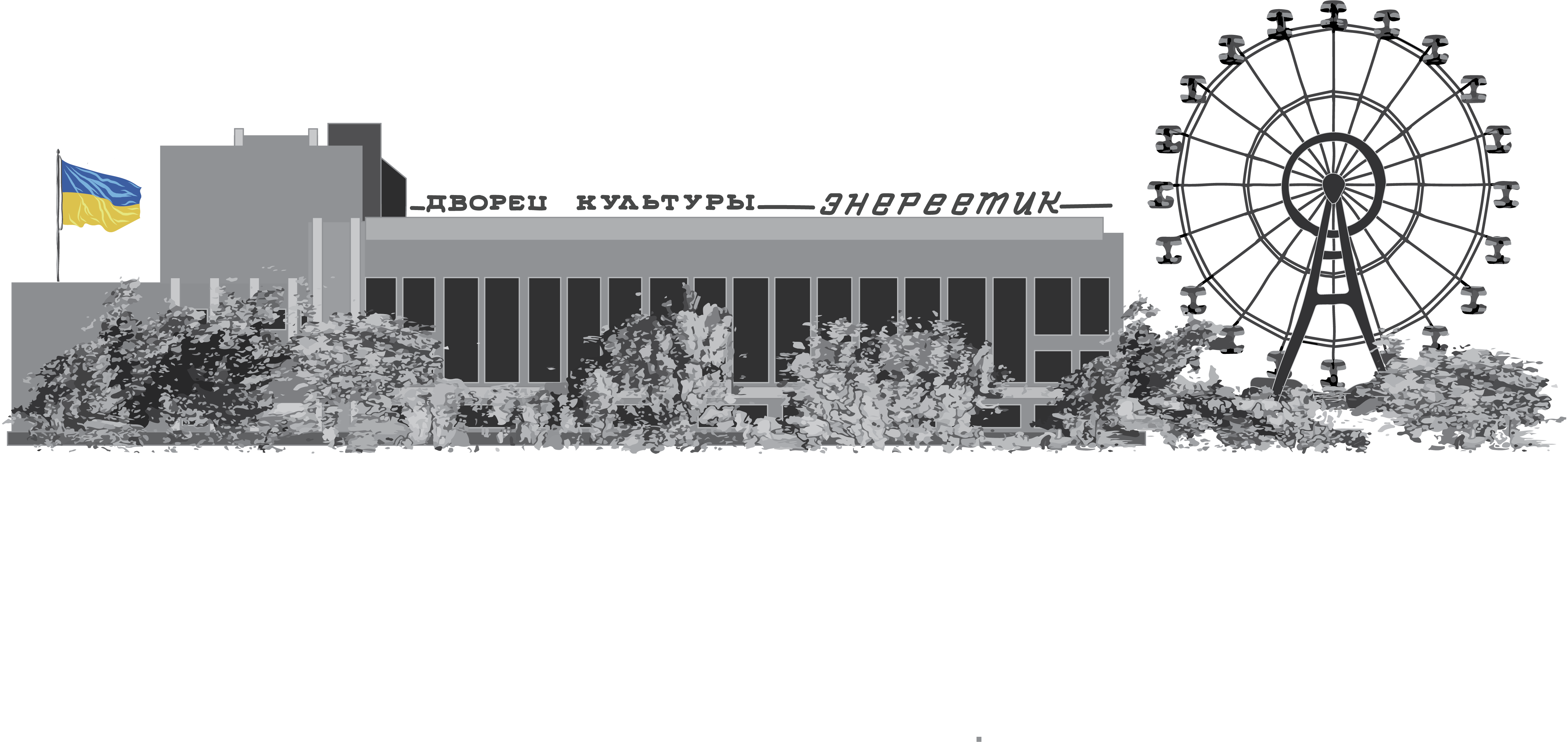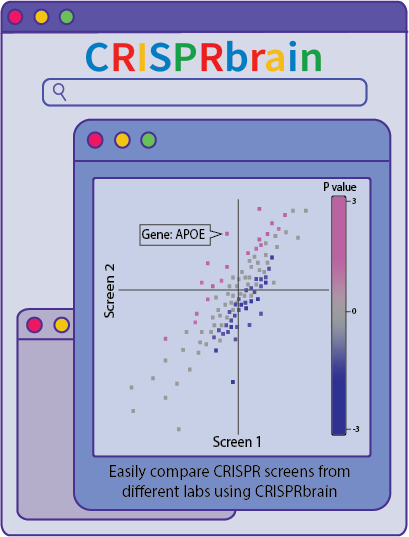The World Needs Interdisciplinarity: Lessons from the Energy and Resources Group at UC Berkeley
May 15, 2019

“Berkeley is less than the sum of its parts.”
My first graduate school professor said this quote, the one I most remember from my first day of graduate school. By transferring from aerospace engineering to studies in global poverty and development in Berkeley’s Energy and Resources Group (ERG), I knew I should expect a nontraditional training program, and I was hungry to dive into the unknown. What I didn’t expect was for my new professor to drop a revelation I’d dwell on for years.
Later I would come across Gestalt theory, where I assume my professor adopted his quote. Gestalt theory was established by 1920s psychologists who studied how humans develop and maintain perceptions in our chaotic world, and the Gestalt psychologist Kurt Koffka infamously stated “the whole is other than the sum of its parts.” The parable of the blind men and the elephant portrays this concept well; in the story, men fervently argue from their limited perspectives about the state of the whole animal. Clearly, my professor recognized that even the sage departments at Berkeley needed a different perspective.
I knew from day one the ERG program was a special place. Today, as a Ph.D. graduate from the program, I know ERG’s model holds lessons for reshaping how we study our world’s problems.
Why Interdisciplinarity?
Intellectual, social, and technological problems of this age are increasingly multi-pronged, evolving, complex, and precarious. My own doctoral research is a direct example: I researched how innovation is being practiced throughout international development. This topic intersects with countless disciplines, from creating products and services in global health, to developing unique higher education and economic policies across the African continent, to questioning the human rights influences of an electronics manufacturer’s supply chains through coltan mining. To study these issues, I needed to train across disciplines to understand the whole picture.
Though combining disciplines can be difficult, its rewards are many. Scholars of interdisciplinarity argue that methodological pluralism, i.e. the ability for researchers to apply various methods of systematic understanding depending on the needs of the research, has many benefits. It can help sustain biological and cultural diversity, it promotes participation and decentralization, it prevents experts in a single discipline from making decisions without consulting specialists from the field who know different consequences, and it helps to create frameworks to better understand relationships between global events and local needs. Moreover, students and researchers can learn to ensure their research applies more broadly to society, they can offer opportunities for new research directions inside disciplines, and they can spread their university’s abilities to address complex and pressing issues.
Countless programs worldwide are adopting interdisciplinarity by developing collaborative research, by teaching courses with professors in multiple disciplines, and by forming sectoral institutes on topics with experts from many fields. However, many of these programs only support commensurable interdisciplinary study; they stitch together fields that share similar questions, values, and ways of knowing. Mechanical Engineering and Biochemistry, for instance, are traditionally commensurable fields. However, the truly broad questions, like my dissertation question which explored the growth of design and innovation towards addressing global poverty, requires us to productively investigate topics from diverging points of view. How might we feasibly create a space where an engineer, an anthropologist, an ecologist, and more can contribute, critique, and create?
How Did ERG Begin?
The Energy and Resources Group (ERG) started in 1969, when Dr. C. K. (Ned) Birdsall, a plasma physicist in Berkeley’s Department of Electrical Engineering and Computer Sciences, initiated a seminar series that addressed the resource bases, technical requirements, environmental consequences, and economic and social implications of alternative energy futures. The seminar series convened great minds in anthropology, biology, city and regional planning, law, physics, political science, and public policy. The community was drawn together by a collective mission to understand how things worked from a natural, technical, and social perspective, and was compelled by a belief that they might affect the future of education.
These curious researchers were committed to larger questions their individual disciplines could not answer by themselves. The interactions were respectful, they tested their assumptions about other disciplines’ research and knowledge, and they began to form questions outside the realm of their home disciplines. Slowly, the faculty members’ values, skills, and “activist-scholar” spirits motivated the need for a graduate program where young students could be trained in practicing interdisciplinarity.
So began ERG, which hired its first faculty member—the first faculty position in Berkeley’s history to reside entirely in an interdisciplinary unit—in November of 1972. Over four decades, ERG has redefined how ecological, social, and technological problems are understood by navigating many traditionally separate disciplinary cultures. It currently houses eight core faculty and 140 affiliates across the campus, about 60 or 70 grad students per year, and 500+ alumni spread across 28 countries.
Just like ERG’s founders, students in ERG aim to understand the big picture. ERG students take core courses that cross disciplines (energy and society, quantitative global environmental problems, and understanding interdisciplinarity as a topic) while taking core disciplinary courses across the campus. The students conduct an interdisciplinary research project while interacting with their colleagues to crystallize, implement, and present their work to the world. The students also teach and learn from other students’ expertise and perspectives, integrate themselves into the many topic areas across Berkeley’s campus, and gain new disciplinary foundations from which to draw.
Over time, ERG has not only become attractive to interdisciplinary thinkers, but ERG students and faculty become a conduit through which other disciplines can explore the interstices of their own disciplines. For instance, ERG has over 140 affiliated faculty across campus who have worked with students on countless studies, programs, and research projects.
ERG researchers have also become professional experts on the international stage; for example, Dr. John Holdren, the aforementioned first interdisciplinary professor in ERG, served President Obama as the senior advisor for science and technology issues, and Dr. Dan Kammen and Dr. Richard Norgaard were authors for different iterations of the Intergovernmental Panel on Climate Change.
What Can We Learn From ERG?
ERG develops a cadre of active globally-conscious scholars who feel comfortable in collaboration and adaptation, who draw from the foundations of systemic thinking, and who aim to realize the vision of a just and sustainable planet. So, how can others learn from the model of this group? I don’t argue that every institution should mirror ERG’s exact approach, but I do believe every institution can learn from this fifty-year experiment. Fortunately, Dr. Richard Norgaard offers a few guidelines for those interested in following ERG’s approach.
Establish a reputation for recruiting, embracing and enhancing the strengths of very bright, experienced students.
Though there isn’t a recipe of what makes a perfect ERG student, they must reflect ERG values and vision. By recruiting activist-scholars that, in their unique way, contribute to the culture of the ERG space, they inject new lifeblood into the community that attracts impassioned students, researchers, and professors to support unique research and study.
Develop a tradition of shared learning and disciplinary respect.
Unlike other disciplines, students in ERG don’t unilaterally adopt traditionalized canons from sage professors in a stable discipline. Instead, the learning is collaborative and students centered. Develop spaces where students can build on each other in unexpected ways.
Build the support of departments and disciplinary faculty.
Though many faculty see the value of interdisciplinary spaces, others might be off-put by its presence. It’s to be expected; productive scholars and professionals are drawn to interdisciplinary spaces because they see a lack of fit in their ‘home’ disciplines, where traditionalists might feel right at home. However, developing relationships with traditionalists helps to maintain innovative research, advise wandering students, and develop more advocates for the program across campus. ERG does this by adopting a broad affiliate faculty program that researchers can join when they see spaces for alignment, and by offering resources for a rotating chair position, so professors from different departments and expertises can house professors at ERG for a limited period of time.
Ensure students take rigorous courses in disciplines outside of their home field of study.
To see the purpose of interdisciplinarity, ERG trains students in the foundations of the fields from which ERG draws. By learning the axioms, skills, knowledge, and culture of disciplines, the student can then learn what each field contributes—and lacks—to understanding the world. At ERG, every student gets training in at least three fields; during my training I learned innovation and design, evaluation, and international development in order to clearly understand how each community contributed to social change.
Assign interdisciplinary faculty to head the program’s core.
Though the students are the heart and muscle of the program, the faculty is the skeleton. Professors like Dr. Isha Ray, with a Ph.D. in economics who specializes in water, sanitation, and social science research, and Dr. Lara Kueppers, an interdisciplinary environmental scientist whose research focuses on ecological responses and feedbacks to climate change, offer deep experience in navigating the academic in-betweens. Academic trailblazing requires adaptive and solid mentorship from a diverse and evolving professoriate.
Encourage students to initiate their own research.
Many graduate programs are glorified apprenticeships; by adopting the projects, the methods, and the worldviews of their professors, many students solely become refracted images of their advisors. At ERG, they welcome student trailblazing. Although projects might be leaner and less institutionally supported, the students become stronger leaders of their own research—which impacts the projects and disciplines ERG conduct after students make their mark.
Spur the core faculty to remain active in world issues.
ERG was founded as an institution that aims to ask big questions to initiate real change. They testify before legislative bodies, they initiate policy statements and serve on science advisory boards of agencies. In doing so, they move the needle and spread the value of interdisciplinary work, while motivating students to deliver impact in their own way, towards their own academic passions.
As unique as ERG is, it started in the same manner of many disciplines through history: with a notion that the current structures no longer fit the scale and nature of the problems we have to tackle. That notion gestated into communication, which grew into a community, which engineered an infrastructure that now seeks to spark global change. Now, programs worldwide with different foundations can learn from ERG’s model to build rigorous interdisciplinarity.
After learning from countless researchers and professionals across the globe, I finally understand why those first words stuck with me in the first place: like Berkeley, the world must learn how to understand and connect its parts. We can live up to our historical inheritance, to see the big picture, and incite change through radical collaboration, respectfully honest inquiry, and transformational change.
Featured Image: Protests at the University of California, Berkeley. Source: Energy and Resources Group Website





